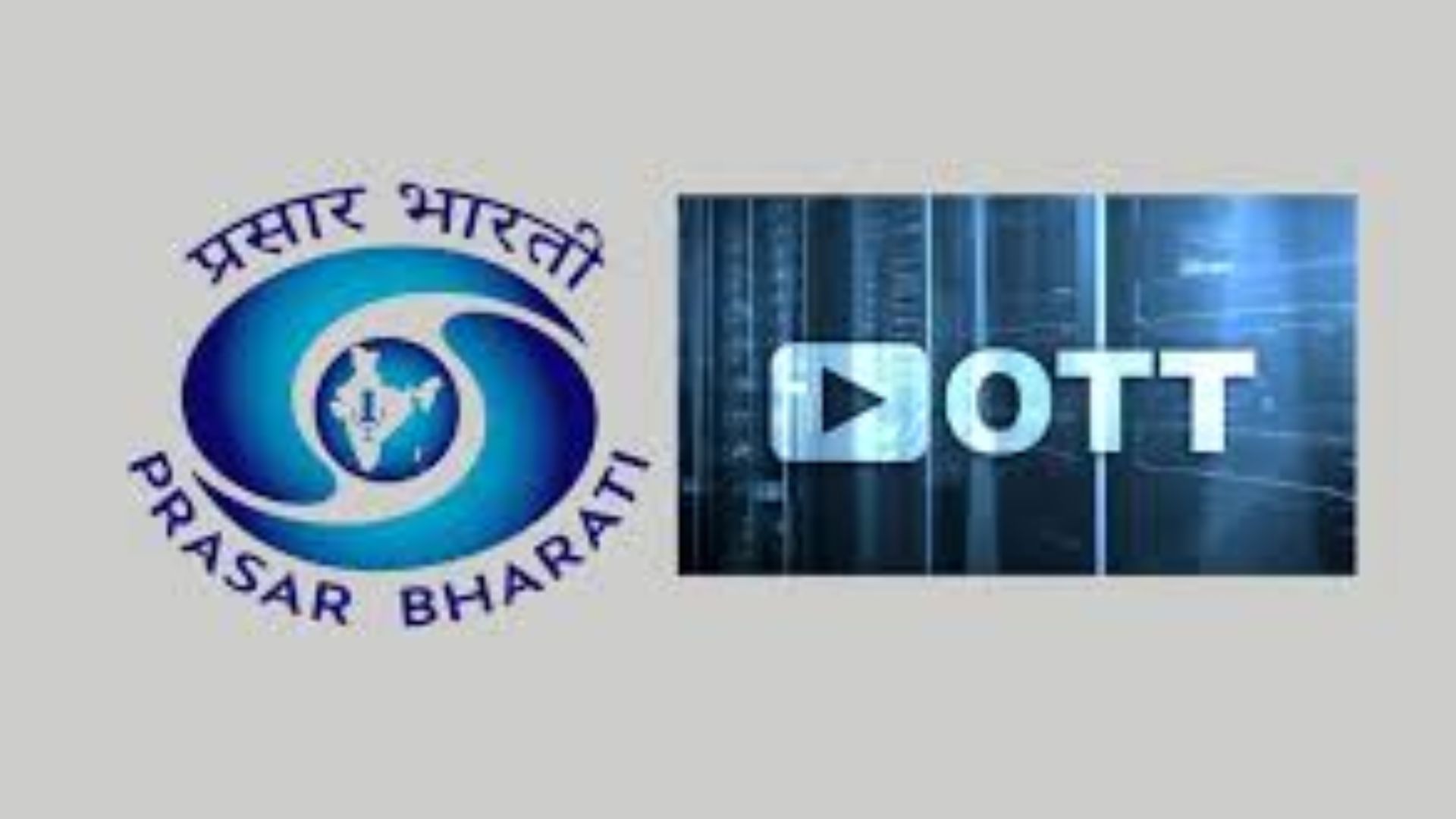On Wednesday, the Federal Reserve announced it will maintain its benchmark interest rate, marking a full year since borrowing costs reached a 23-year high. As anticipated, the central bank opted against reducing rates, which would have made borrowing cheaper for Americans on mortgages, car loans, and credit cards.
However, the Fed signaled that a rate cut may be on the horizon. Officials expressed concerns about risks affecting the labor market, which has historically been a stronghold for the U.S. economy, according to their latest policy statement.
In a news conference at the Federal Reserve’s William McChesney Martin building, Fed Chair Jerome Powell confirmed that interest rates would remain steady within the current range of 5.25-5.50 percent. Powell indicated that long-term rates are likely to stay higher than previously anticipated.
The Fed noted that inflation is now described as “somewhat” elevated, marking the first time inflation has been characterized this way since the Fed began raising rates in March 2022. This shift suggests that the central bank might start reducing interest rates in its next policy meeting, scheduled for September, which could alleviate the financial strain on U.S. households and businesses facing high borrowing costs.
READ MORE: Qatar Condemns Killing of Hamas Leader Ismail Haniyeh As ‘Heinous Crime’
Recent speeches from central bankers reveal satisfaction with the latest inflation data, and some have highlighted the risks of not lowering rates as inflation approaches the Fed’s 2% target. Chicago Fed President Austan Goolsbee recently warned about the potential effects of inflation-adjusted interest rates, which could further tighten the economy if inflation slows while rates remain unchanged. This scenario could impact the labor market, which appears to be at a critical juncture. Fed Chair Jerome Powell has stated that if the job market unexpectedly deteriorates, officials might consider cutting rates sooner.
For now, the Fed appears to be on track to control inflation without triggering a recession, an outcome known as a “soft landing,” which is a rare achievement in economic policy.
The American economy is currently demonstrating resilience, as evidenced by the latest government report on gross domestic product (GDP). The U.S. economy expanded at a strong annualized rate of 2.8% from April through June, after adjusting for seasonal fluctuations and inflation. This rate was double that of the first quarter and exceeded economists’ forecasts. Notably, this growth occurred alongside a slowdown in inflation, a surprising outcome given the Fed’s efforts to cool the economy with higher interest rates.
Robust Economic Growth Despite Fed’s Inflation Battle
The Fed’s preferred inflation gauge, the Personal Consumption Expenditures (PCE) index, indicated a 2.5% rise in consumer prices in June compared to the previous year, down from May’s 2.6% annual rate, bringing it closer to the Fed’s 2% target. However, it remains uncertain whether this combination of slower inflation and stronger economic growth will continue. Typically, the Fed aims to reduce inflation by cooling the economy through elevated interest rates, so the recent GDP report diverges from this conventional approach.
Last year, a growing workforce and a surge in productivity helped manage inflation while the broader economy remained steady. Federal Reserve Chair Jerome Powell stated earlier this month, “We want to be more confident that inflation is moving sustainably down toward 2% before we start the process of reducing or loosening policy.”
Consumer Spending Shifts and Job Market Concerns
Despite interest rates being at a 23-year high for over a year, signs of broader economic weakness are emerging. Consumer spending has shifted from splurging to more cautious, value-focused behavior, with major retailers like Target and Walmart noting that Americans are now prioritizing deals and in-person experiences.
Another area of concern for the Fed is the current state of the U.S. job market, which appears less robust than in recent years. Labor demand has significantly decreased over the past two years, wage growth has slowed, and the unemployment rate has risen to 4.1%, the highest level in over two years. This could be a normalization after a period of strong economic performance or the start of a deeper economic slowdown.
The Labor Department is set to release July’s employment data, which will provide further insights into the U.S. labor market, including monthly payroll growth and the unemployment rate, on Friday.
(Includes inputs from online sources)
ALSO READ: Delta’s $500 Million Nightmare: CEO Accuses CrowdStrike Of Neglect And Inaction


















